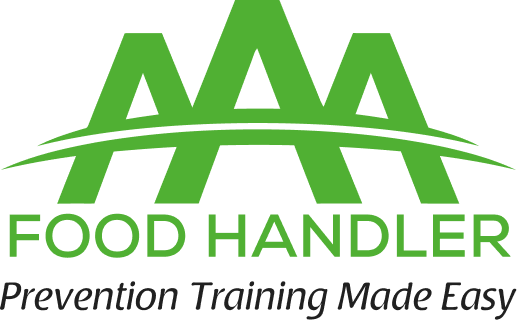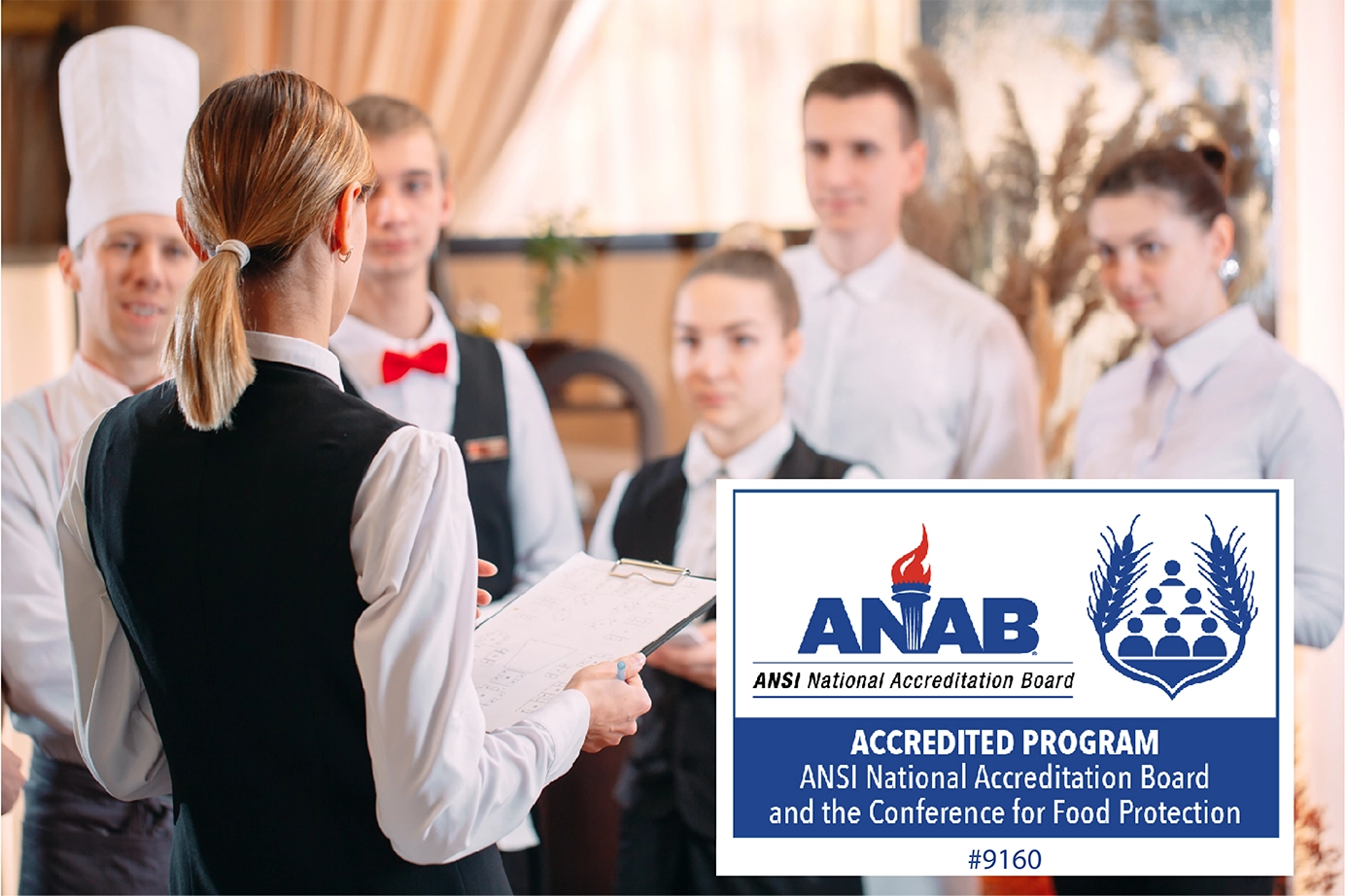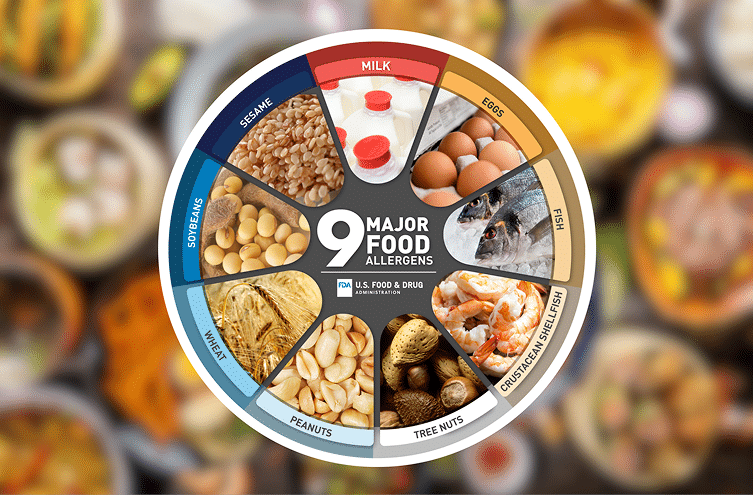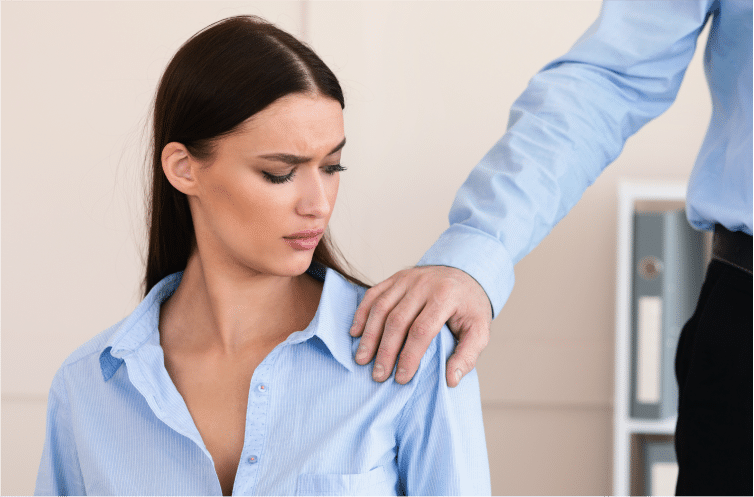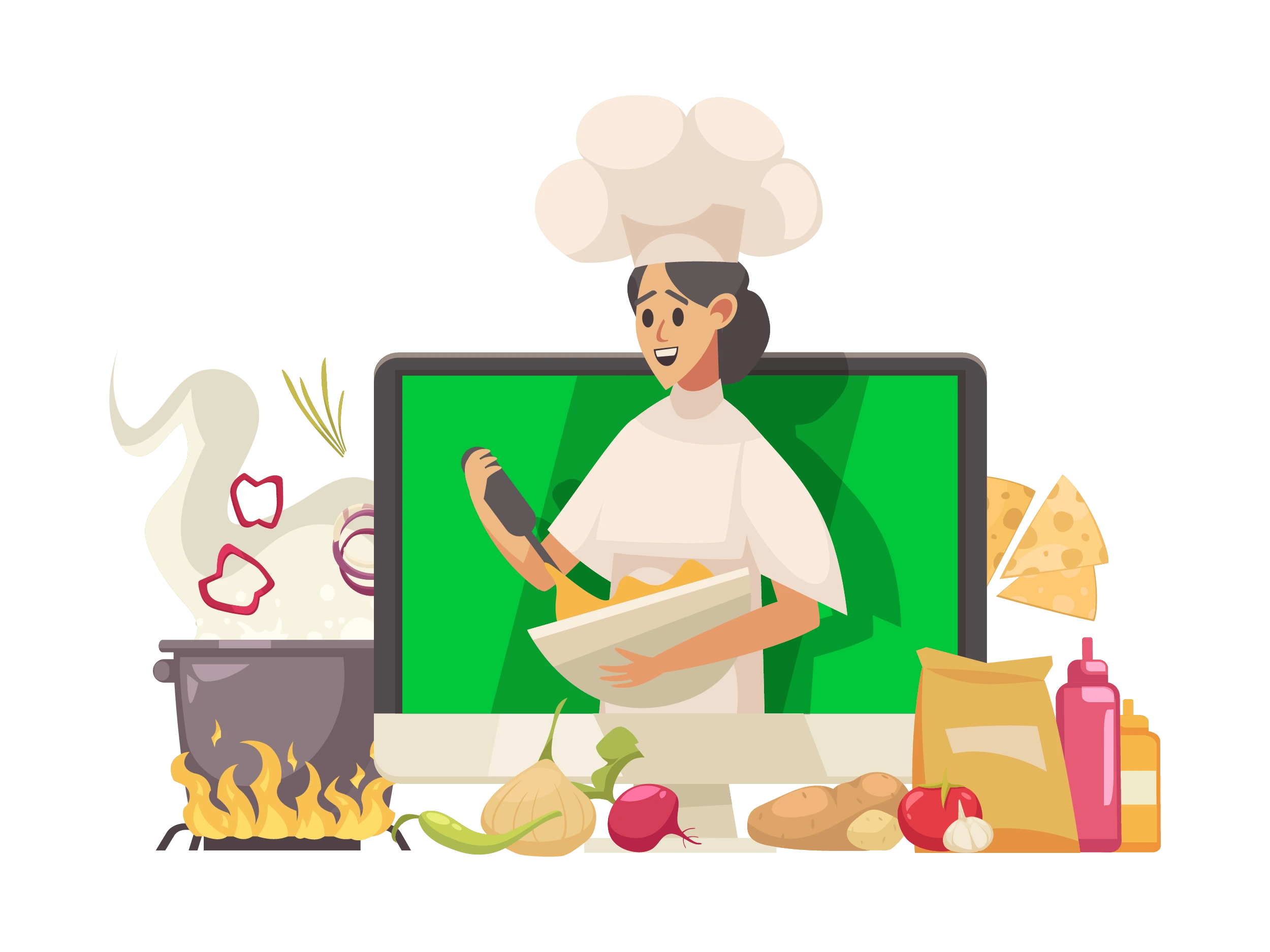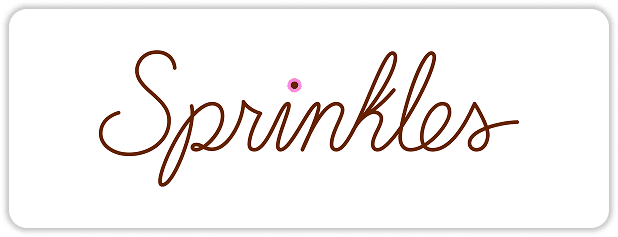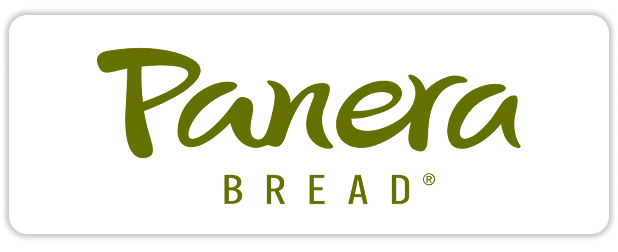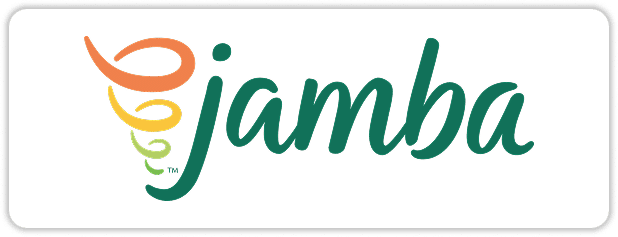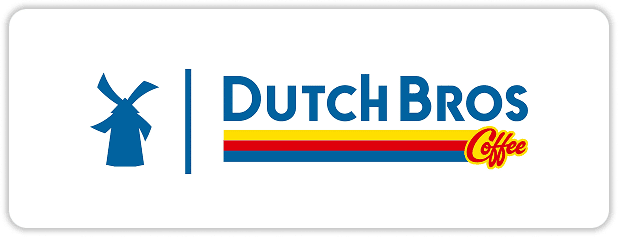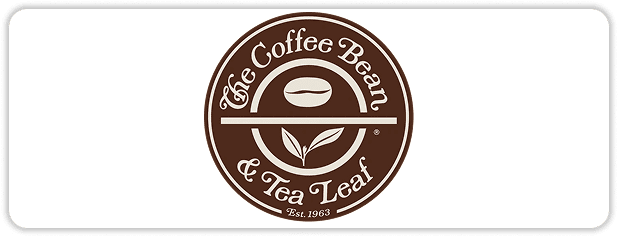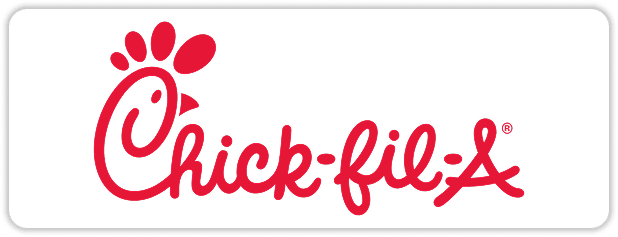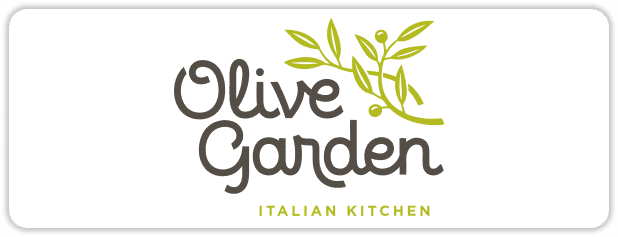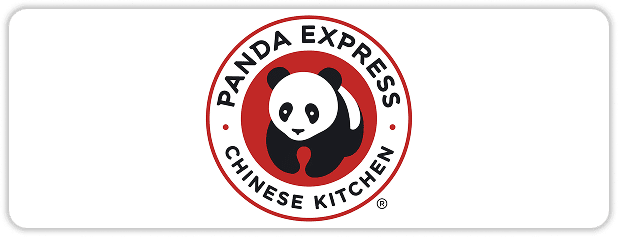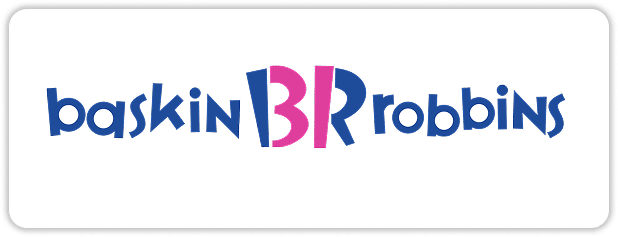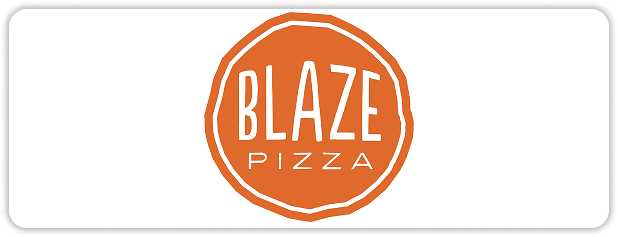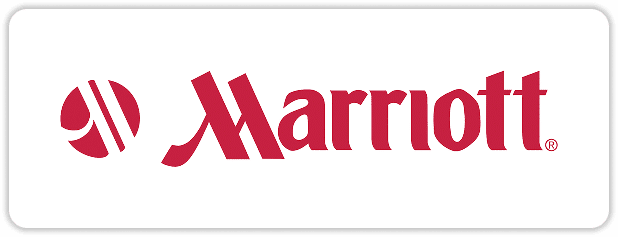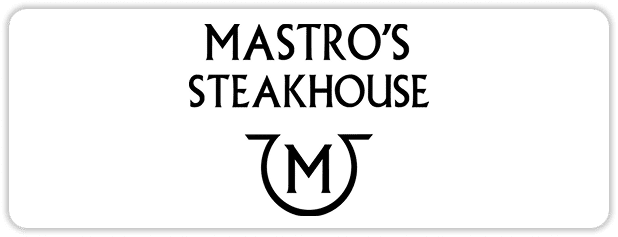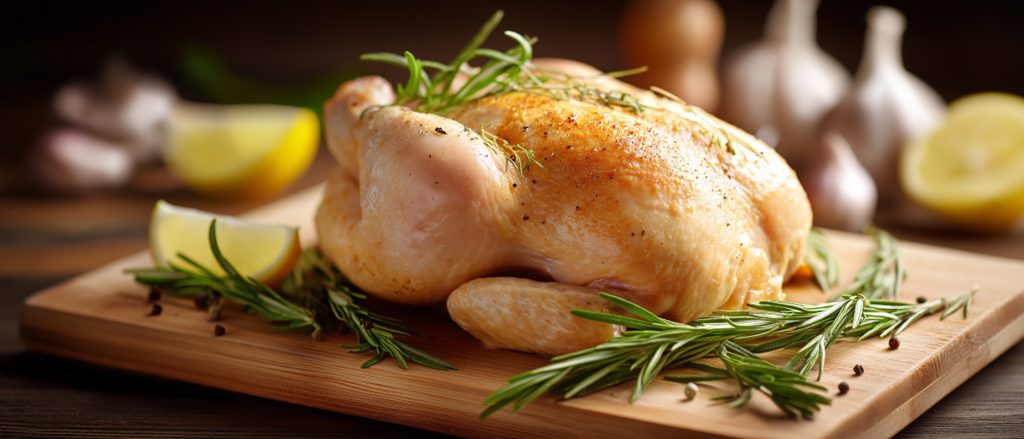
Cluck Carefully: Your Ultimate Guide to How Long Can Cooked Chicken Sit Out
Chicken is one of the most popular proteins in kitchens across the nation. However, did you know that it’s also a prime carrier of harmful bacteria, such as Salmonella and Campylobacter? Mishandling chicken can quickly turn a delicious meal into a food safety nightmare.
This guide from AAA Food Handler explains how long cooked chicken can sit out safely, along with proper thawing methods, cooking temperatures, storage tips, and answers to common questions—so you can ensure your kitchen and your customers stay safe. By understanding how long cooked chicken can sit out at room temperature, you can prevent foodborne illnesses and maintain top-notch food safety practices.
Why Timing Matters: The Danger Zone Explained
The term “temperature danger zone” refers to the range where bacteria multiply rapidly. Chicken can harbor harmful bacteria in its intestines, and during processing, pathogens can spread to the meat. These bacteria can multiply rapidly when chicken is left in the temperature danger zone, which is between 40°F and 140°F (4°C–60°C).
- General rule: Raw or cooked chicken shouldn’t stay at room temperature for more than 2 hours.
- Hot weather exception: If the surrounding temperature is higher than 90°F, don’t leave chicken out for more than 1 hour.
Quick Tip: When in doubt, throw it out. Foodborne illness isn’t worth the risk.
Thawing and Prepping: Start Safe, Stay Safe
Thawing chicken incorrectly is a major source of contamination. Never leave chicken out on the counter or in hot water—this allows bacteria to multiply.
Safe thawing methods include:
- Refrigerator: Move chicken to the fridge 1–2 days before cooking.
- Cool Running Water: Submerge chicken in water under 70°F, changing water every 30 minutes until fully thawed.
- Microwave: Use the defrost setting or 50% power, cooking immediately after thawing.
Pro Tip: Avoid rinsing chicken. Splashing water spreads bacteria rather than eliminating it.
Top-to-Bottom Chicken Storage: Keep It Safe
Proper storage is key to keeping chicken safe and avoiding cross-contamination. AAA Food Handler recommends a simple top-to-bottom approach:
Raw Chicken: Place on the bottom shelf to prevent drips from contaminating other foods.
Cooked Chicken: Store on upper shelves or in separate airtight containers.
Label & Date: Mark each container to track freshness and follow first-in-first-out use.
Refrigeration Limits: Raw chicken should be cooked or frozen within 1–2 days; cooked chicken lasts 3–4 days.
Freezing Tips: Safely thawed chicken can be refrozen, but quality may slightly decline.
Following these steps ensures chicken stays safe—and answers the critical question of how long cooked chicken can sit out: Cooked chicken should be left at room temperature for no longer than 2 hours, and if the surrounding temperature exceeds 90ºF, limit it to just 1 hour.
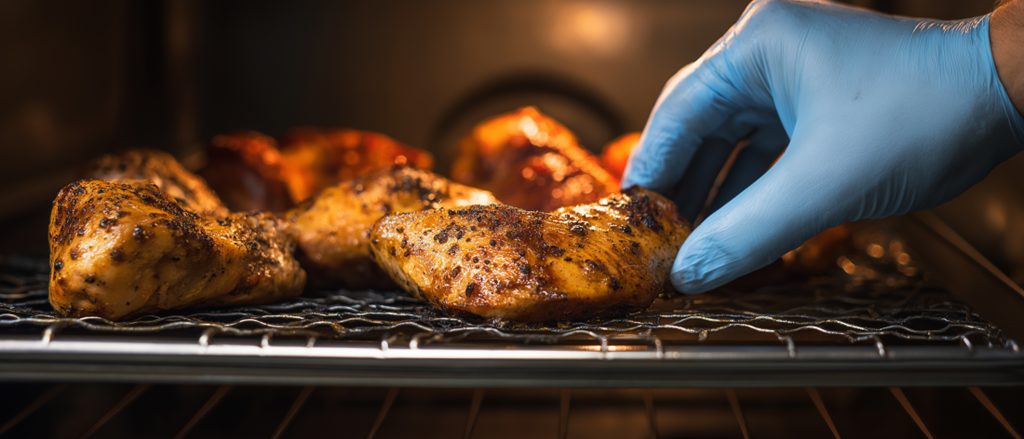
Cooking Chicken to Safety: Thermometer, Not Guesswork
Proper cooking kills pathogens and ensures safe consumption.
- Target temperature: 165°F (74°C) in the thickest part.
- Tools: Use a calibrated food thermometer; never rely on color, texture, or juice clarity.
Tip from AAA Food Handler: To get a precise measurement, insert the thermometer into the meat’s thickest section, making sure it doesn’t touch any bones.
Handling Leftovers: Answering “How Long Can Cooked Chicken Sit Out?”
Here’s the golden rule:
- Up to 2 hours at room temperature: Safe to consume.
- Above 90ºF, only 1 hour: High heat accelerates bacterial growth.
AAA Food Handler recommends splitting large batches into smaller portions to cool faster. Hot chicken should be refrigerated within two hours and covered to prevent cross-contamination.
Pro Tip: If you’re unsure how long cooked chicken has been out, it’s safer to discard it.
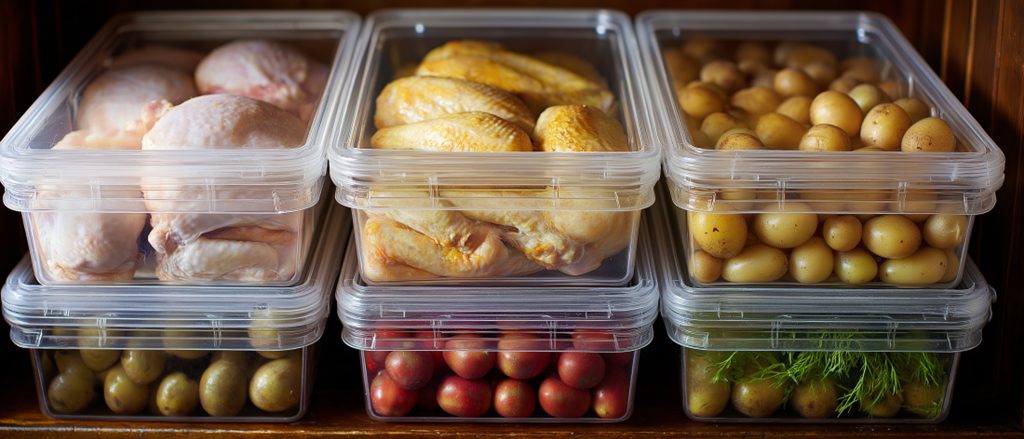
Cleanliness & Cross-Contamination: Small Steps, Big Safety
Even properly cooked chicken can cause illness if cross-contamination occurs.
- Before and after handling chicken, scrub your hands with soap under running warm water for a full 20 seconds to ensure proper hygiene.
- Clean cutting boards, knives, and surfaces immediately.
- Use separate utensils and boards for raw and ready-to-eat foods.
AAA Food Handler recommendation: Maintain a dedicated “raw meat zone” in your kitchen.
AAA Food Handler Pro Tips for Chicken Safety
- Divide large batches: Smaller portions cool faster and reduce risk.
- Label containers clearly: Note cooking date and time.
- Keep a thermometer handy: Always verify internal temperature.
By following these strategies, you minimize risks and ensure that your cooked chicken stays safe, tasty, and enjoyable.
The Final Peck: Keep Your Chicken Safe
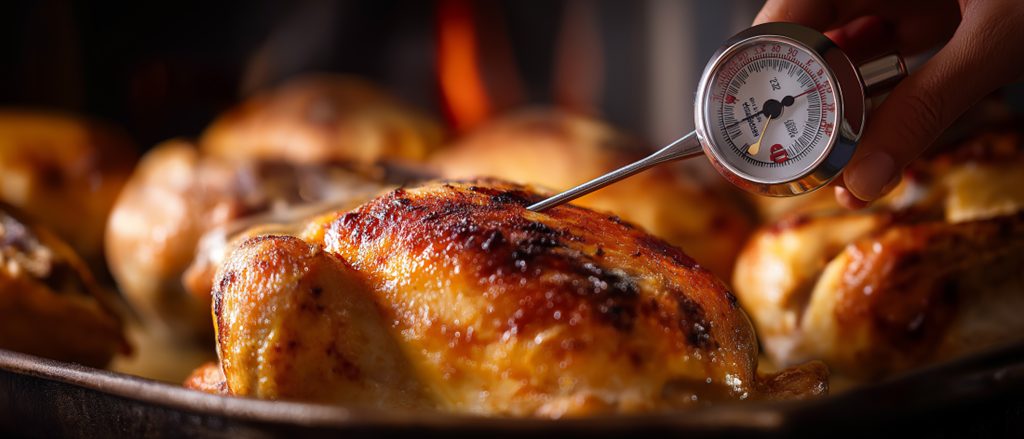
Chicken is a kitchen superstar, but it’s also a hotspot for sneaky bacteria like Salmonella and Campylobacter. Leaving it out too long—even for a seemingly harmless couple of hours—can turn a tasty meal into a foodborne risk. Cooked chicken should be kept at safe temperatures and should not remain at room temperature longer than 2 hours—or just 1 hour when it’s hotter than 90ºF.
Safe handling isn’t just about timing—it’s about smart moves: thaw in the fridge or under cool running water, cook thoroughly to 165ºF, and store strategically with raw on the bottom, cooked on the top. These simple steps dramatically reduce the chance of contamination and keep your kitchen, meals, and customers safe.
Ready to be a Chicken Safety Pro?
